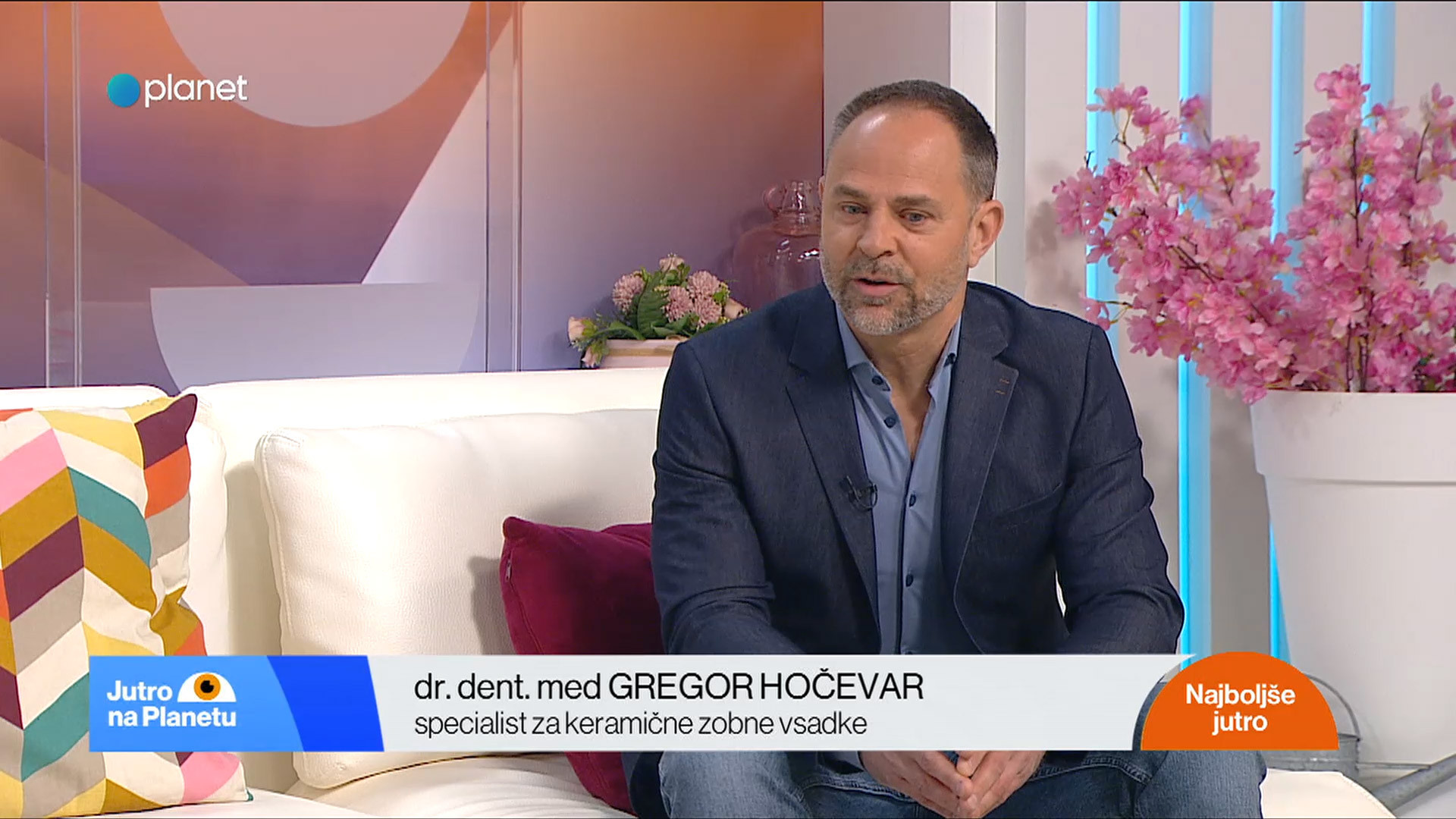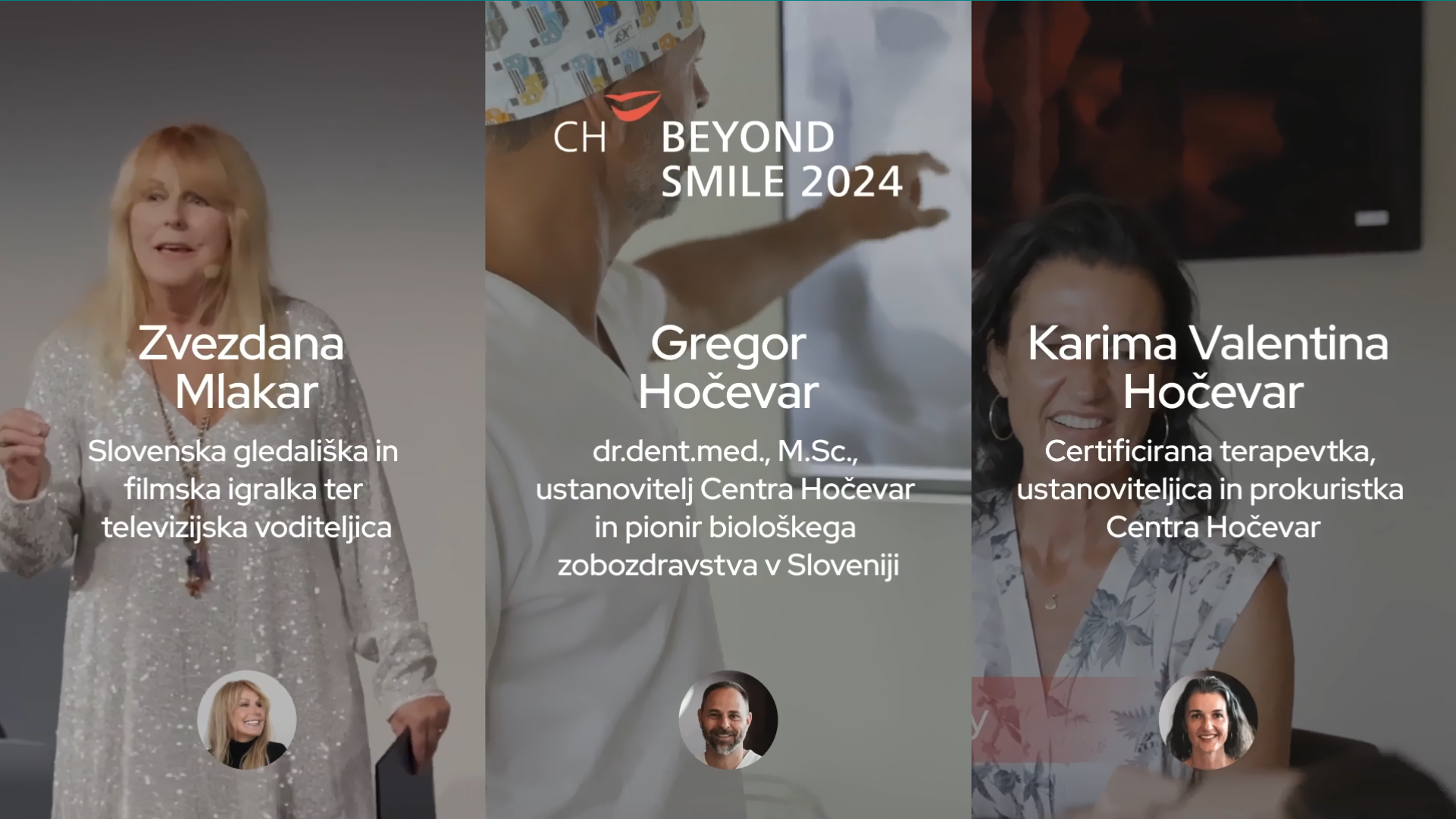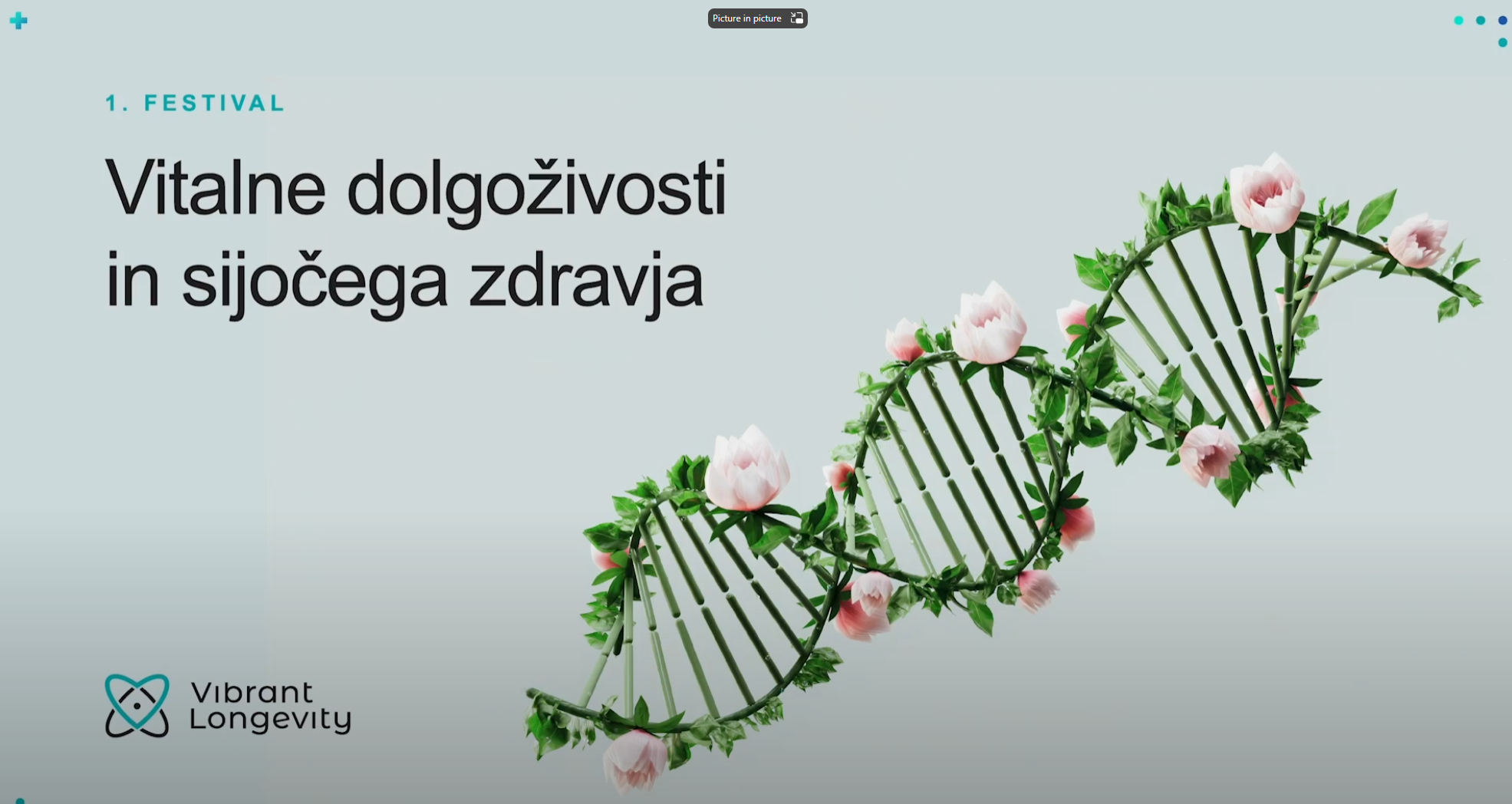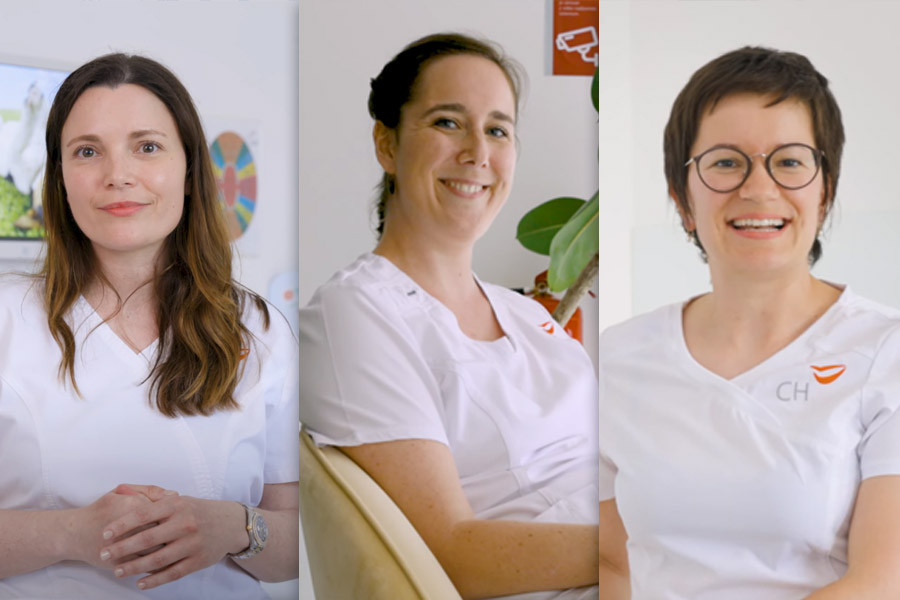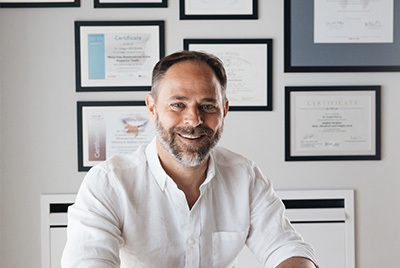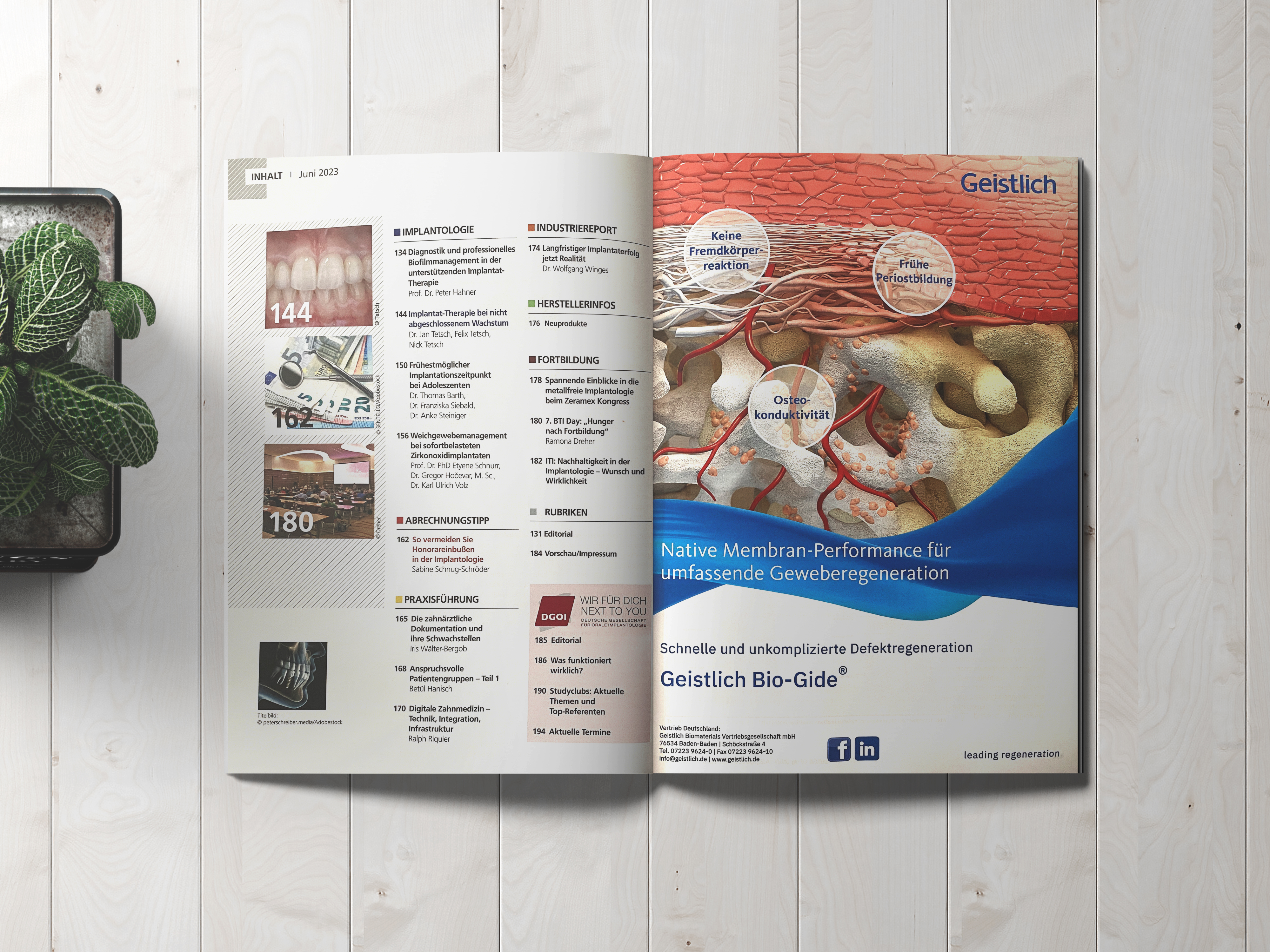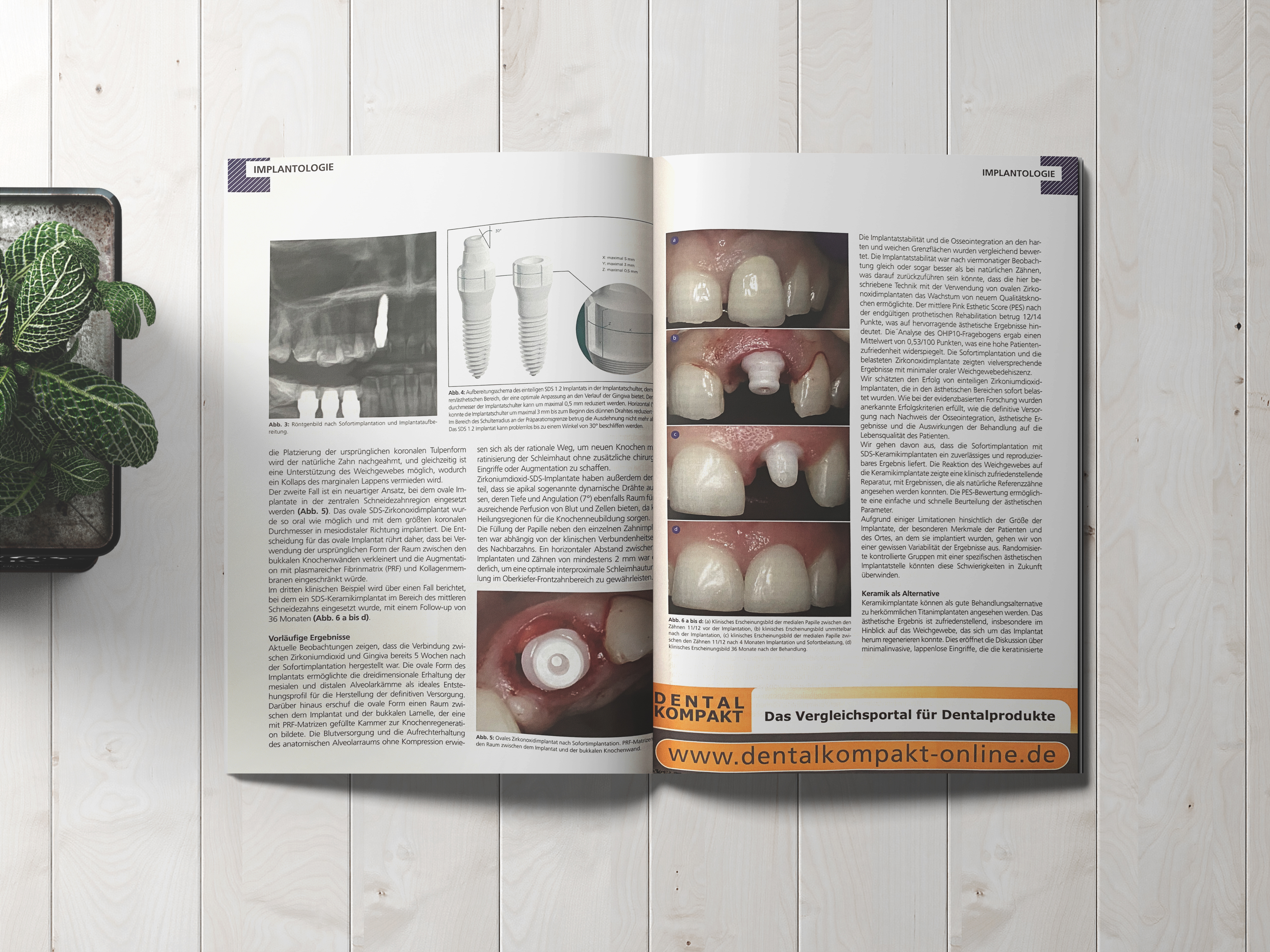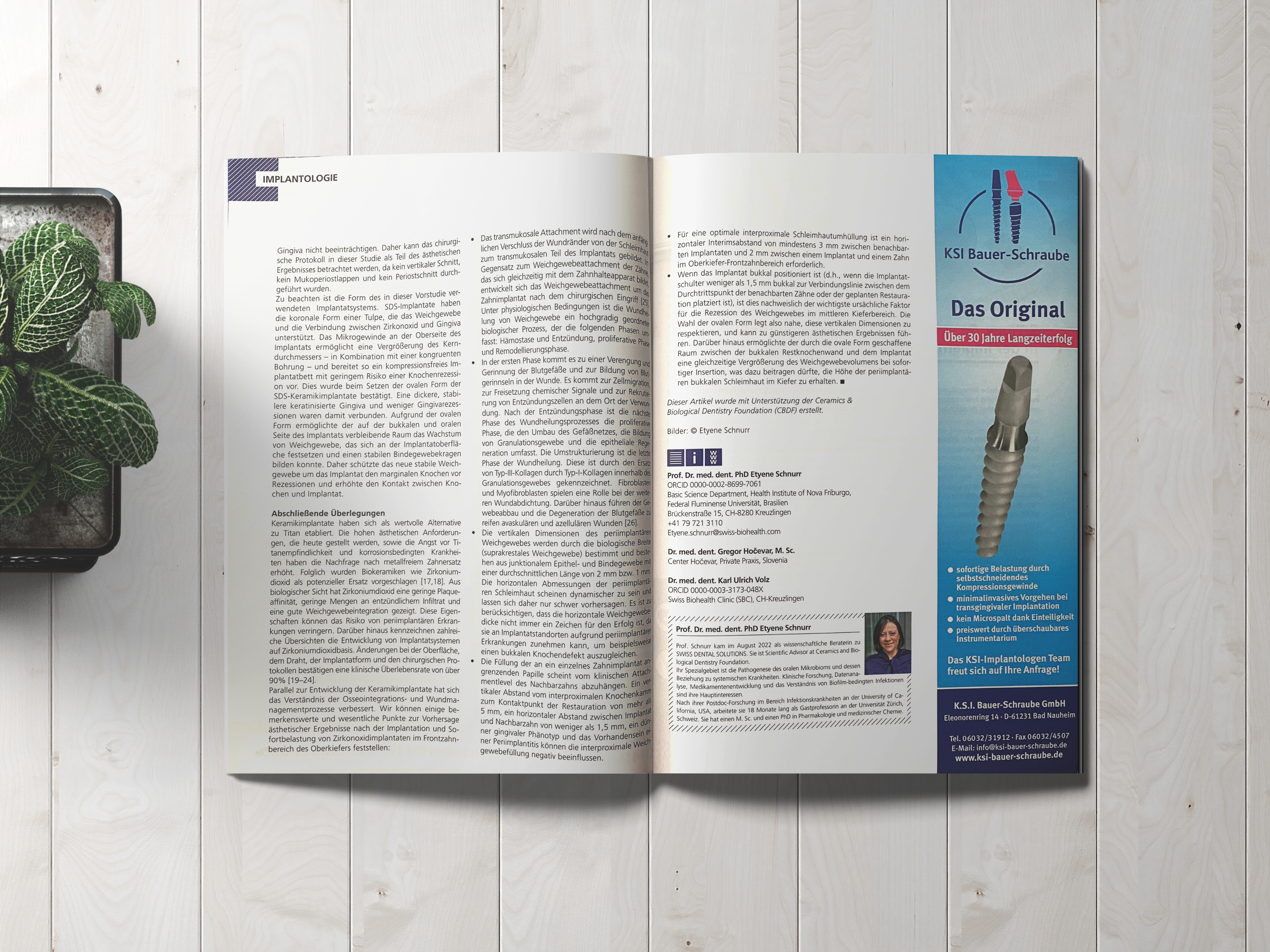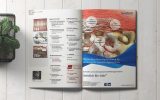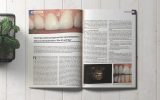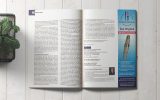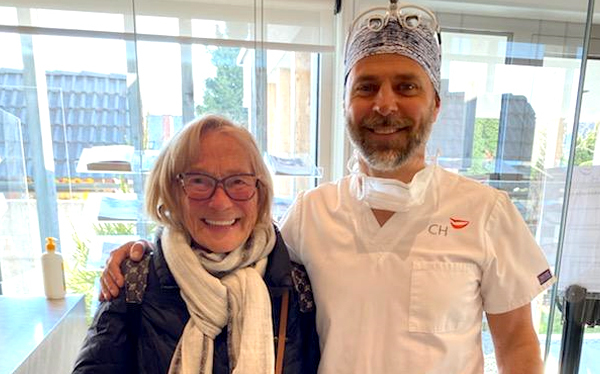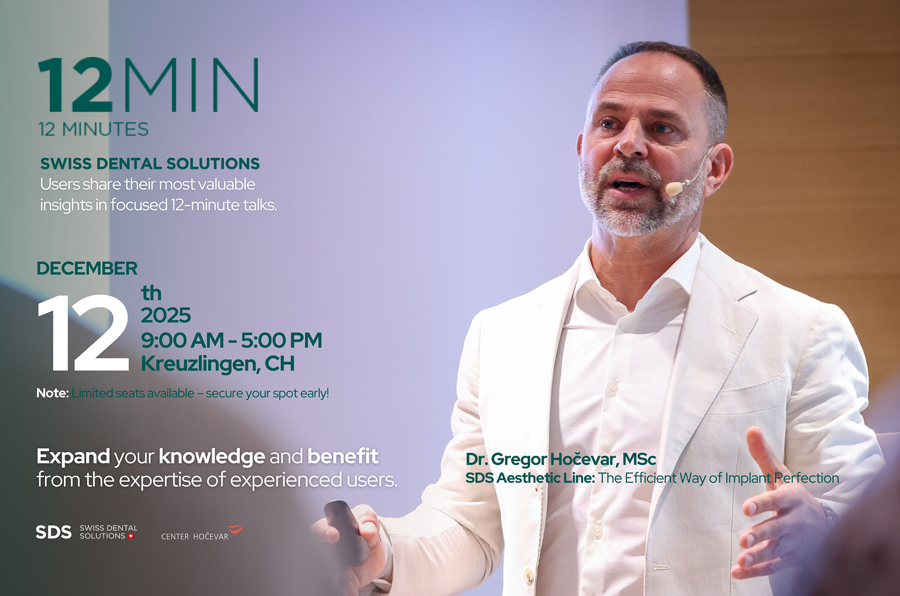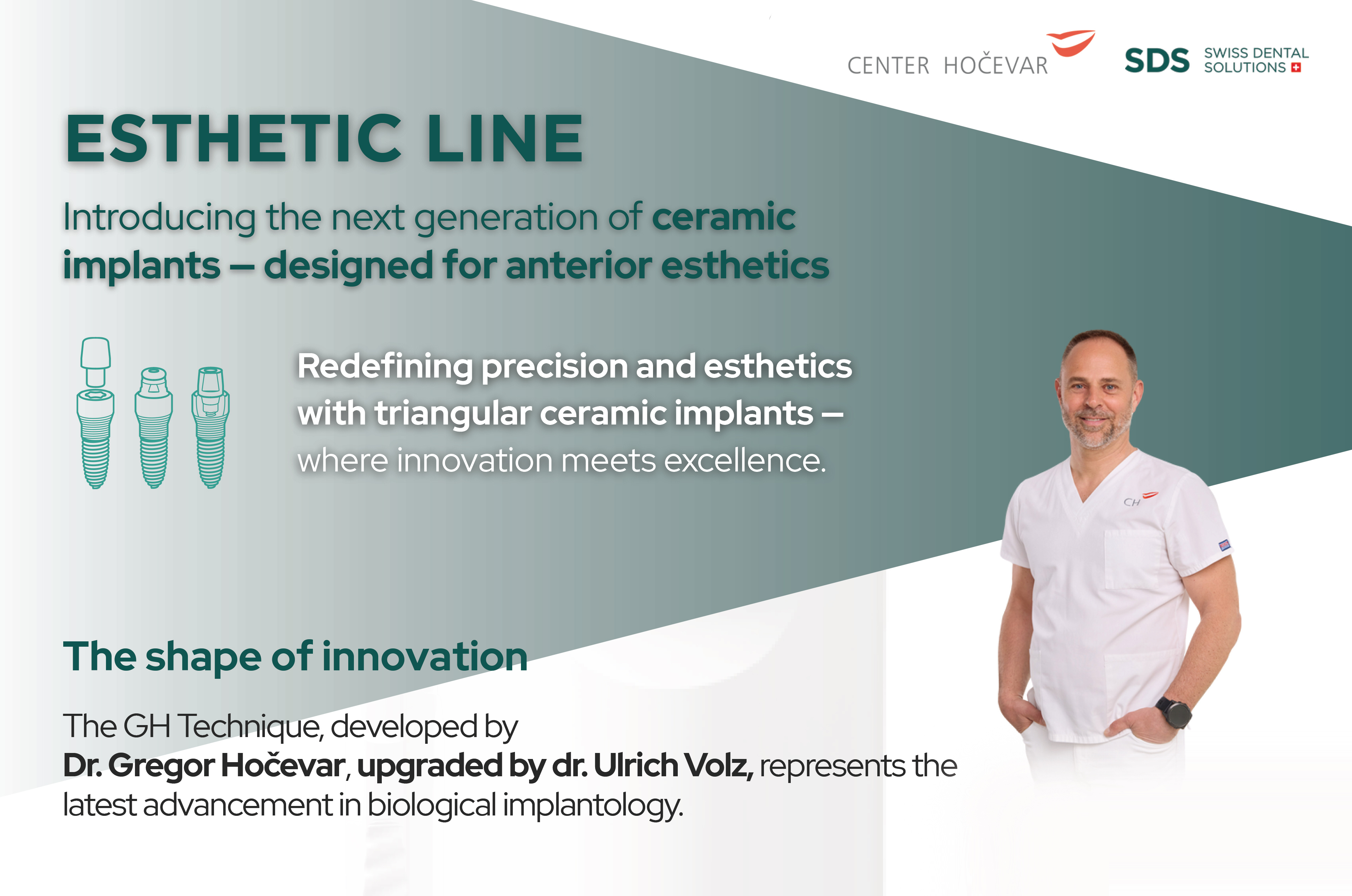In June, a new article was published in the journal Dental Implantology and Periodontology, jointly authored by ceramic implant pioneer Dr. Karl Ulrich Volz, scientific advisor of the Foundation for Ceramics and Biological Dentistry Prof. Dr. Etyene Schnurr, and Gregor Hočevar. 📖
Their study provides important insights into the field of ceramic implants and opens up new perspectives for biological dentistry.
In
this article, they present the possibilities of soft tissue stability and the
achievements in the field of aesthetic results after immediate loading
implantation. Using a minimally invasive surgical protocol that takes into
account the anatomy and physiology of the supporting dental tissue, they found
that sequelae such as mucosal recession and cavity atrophy can be effectively
controlled.
Despite advances in the preservation and regeneration of periodontal soft tissues, they have focused on the importance of long-term results in the aesthetic aspect of dental interventions. Through a case study of tooth extraction and the use of different implant approaches, key success factors such as implant survival, radiological bone stability, absence of pain, mobility and biocompatibility were observed.
Their
findings are important for understanding the biological response to
implantation and help to ensure optimal results in restoring tooth structure.
This article contributes to further advances in the field of ceramic
implantology and highlights the importance of an individualised approach and
minimally invasive surgical techniques in ensuring aesthetically satisfactory
and stable soft tissues after implant placement.


